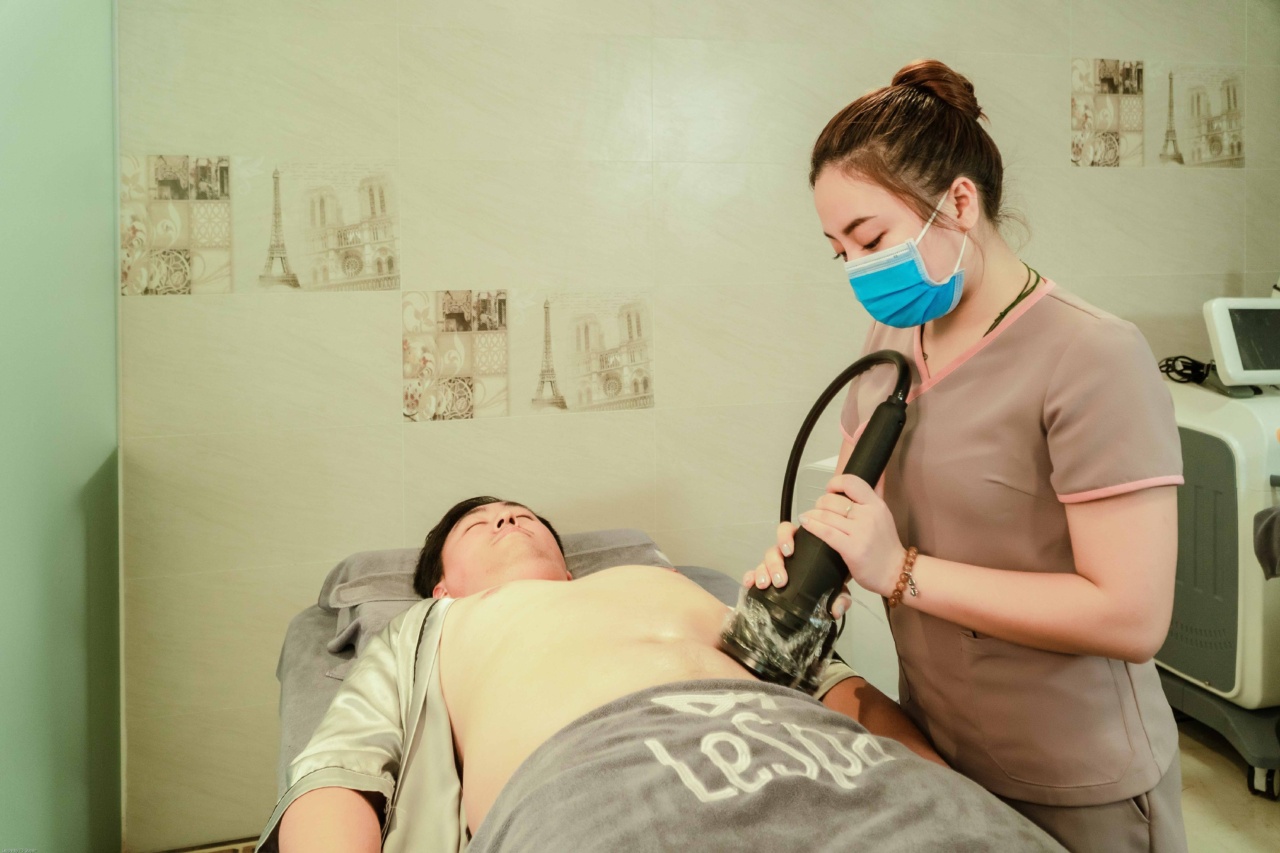Welcome to this comprehensive guide on prostate hyperplasia, a condition that affects many men worldwide.
In this article, we will delve into the causes, symptoms, and treatment approaches for prostate hyperplasia, also known as benign prostatic hyperplasia (BPH). Understanding this common condition and its management is crucial for maintaining optimal prostate health. So, let’s dive in!.
What is Prostate Hyperplasia?
Prostate hyperplasia refers to the enlargement of the prostate gland, a walnut-sized gland found only in men. This condition occurs due to the excessive growth of prostate cells.
While prostate hyperplasia is not cancerous, it can cause bothersome symptoms that can significantly impact a man’s quality of life.
Causes of Prostate Hyperplasia
The exact cause of prostate hyperplasia is still unknown. However, several factors have been linked to an increased risk of developing this condition:.
Age:
Age is considered one of the primary risk factors in developing prostate hyperplasia. As men age, their chances of experiencing prostate-related problems, including hyperplasia, increase significantly.
Hormonal Factors:
Hormonal imbalances, particularly an increase in levels of dihydrotestosterone (DHT), a hormone derived from testosterone, may contribute to prostate hyperplasia. DHT is believed to promote prostate cell growth.
Family History:
Having a family history of prostate hyperplasia or prostate cancer increases the chances of developing the condition. Genetic factors play a role in determining an individual’s susceptibility.
Lifestyle Factors:
Unhealthy lifestyle choices, such as a sedentary lifestyle, poor diet, obesity, and smoking, may contribute to the development of prostate hyperplasia. Maintaining a healthy lifestyle can help lower the risk and severity of the condition.
Symptoms of Prostate Hyperplasia
Prostate hyperplasia can lead to various urinary problems and symptoms that can significantly disrupt daily life. These symptoms may include:.
1. Urinary Frequency:
Men with prostate hyperplasia often experience the need to urinate frequently, especially during the night. This increased frequency can disrupt sleep and affect overall well-being.
2. Urgency:
There is a persistent and urgent sensation of needing to urinate, even when the bladder is not full. This urgent need can be a cause of distress and inconvenience.
3. Weak Urine Stream:
The urine stream may become weak and decreased in force due to the obstruction caused by the enlarged prostate. This can lead to difficulties in starting and stopping the flow of urine.
4. Incomplete Emptying:
Men with prostate hyperplasia may experience a feeling of incomplete bladder emptying after urination. This can lead to discomfort and a constant sensation of a full bladder.
5. Urinary Retention:
In severe cases, prostate hyperplasia can cause urinary retention, making it difficult to urinate at all. This condition requires immediate medical attention and intervention.
Treatment Approaches for Prostate Hyperplasia
When it comes to managing prostate hyperplasia, several treatment approaches are available. The choice of treatment depends on the severity of symptoms, overall health, and personal preferences. Here are some common approaches:.
1. Watchful Waiting:
For individuals with mild symptoms, a doctor may recommend a “watchful waiting” approach. Regular monitoring and lifestyle modifications are advised to manage the symptoms without active medical intervention.
2. Medications:
There are various medications available to alleviate the symptoms of prostate hyperplasia. These may include alpha-blockers that relax prostate and bladder muscles, 5-alpha reductase inhibitors that inhibit DHT production, or a combination of both.
It’s essential to consult a healthcare professional to determine the most suitable medication.
3. Minimally Invasive Procedures:
For moderate to severe symptoms, minimally invasive procedures can be considered. These include transurethral microwave thermotherapy (TUMT), laser therapy, or transurethral needle ablation (TUNA).
These procedures aim to reduce the excess prostate tissue causing the obstruction.
4. Surgical Intervention:
In severe cases or when other treatments fail, surgery may be recommended. The most common surgical procedure for prostate hyperplasia is transurethral resection of the prostate (TURP).
It involves removing the excess prostate tissue using a resectoscope inserted through the urethra.
Lifestyle Modifications for Prostate Health
Alongside medical interventions, certain lifestyle changes can promote prostate health and alleviate symptoms:.
1. Regular Exercise:
Engaging in regular physical activity, such as walking, jogging, or cycling, can help maintain overall prostate health and reduce the risk of prostate hyperplasia.
2. Healthy Diet:
Eating a balanced diet rich in fruits, vegetables, whole grains, and lean proteins can support prostate health. Avoiding excessive consumption of red meat and incorporating foods high in antioxidants and omega-3 fatty acids can be beneficial.
3. Weight Management:
Maintaining a healthy weight or losing weight if necessary can reduce the risk and severity of prostate hyperplasia. Obesity is associated with an increased risk of developing this condition.
4. Kegel Exercises:
Kegel exercises can help strengthen the pelvic floor muscles and improve bladder control. This can be particularly beneficial for individuals with urinary symptoms associated with prostate hyperplasia.
By adopting these lifestyle modifications and seeking appropriate medical care, men can effectively manage the symptoms and improve their overall prostate health.
Conclusion
Prostate hyperplasia is a common condition among men, particularly as they age. While the exact cause remains elusive, factors such as age, hormonal imbalances, family history, and lifestyle choices play a role.
Recognizing the symptoms and seeking timely medical care is crucial for managing the condition. With various treatment approaches available, individuals can find relief from bothersome symptoms and improve their quality of life.
Moreover, by incorporating healthy lifestyle habits, men can enhance their prostate health and reduce the risk of complications. Remember, regular check-ups and open communication with healthcare professionals are essential for maintaining optimal prostate health in the long run.



























